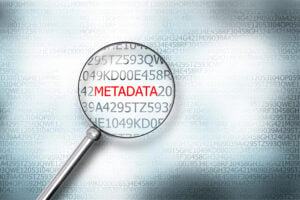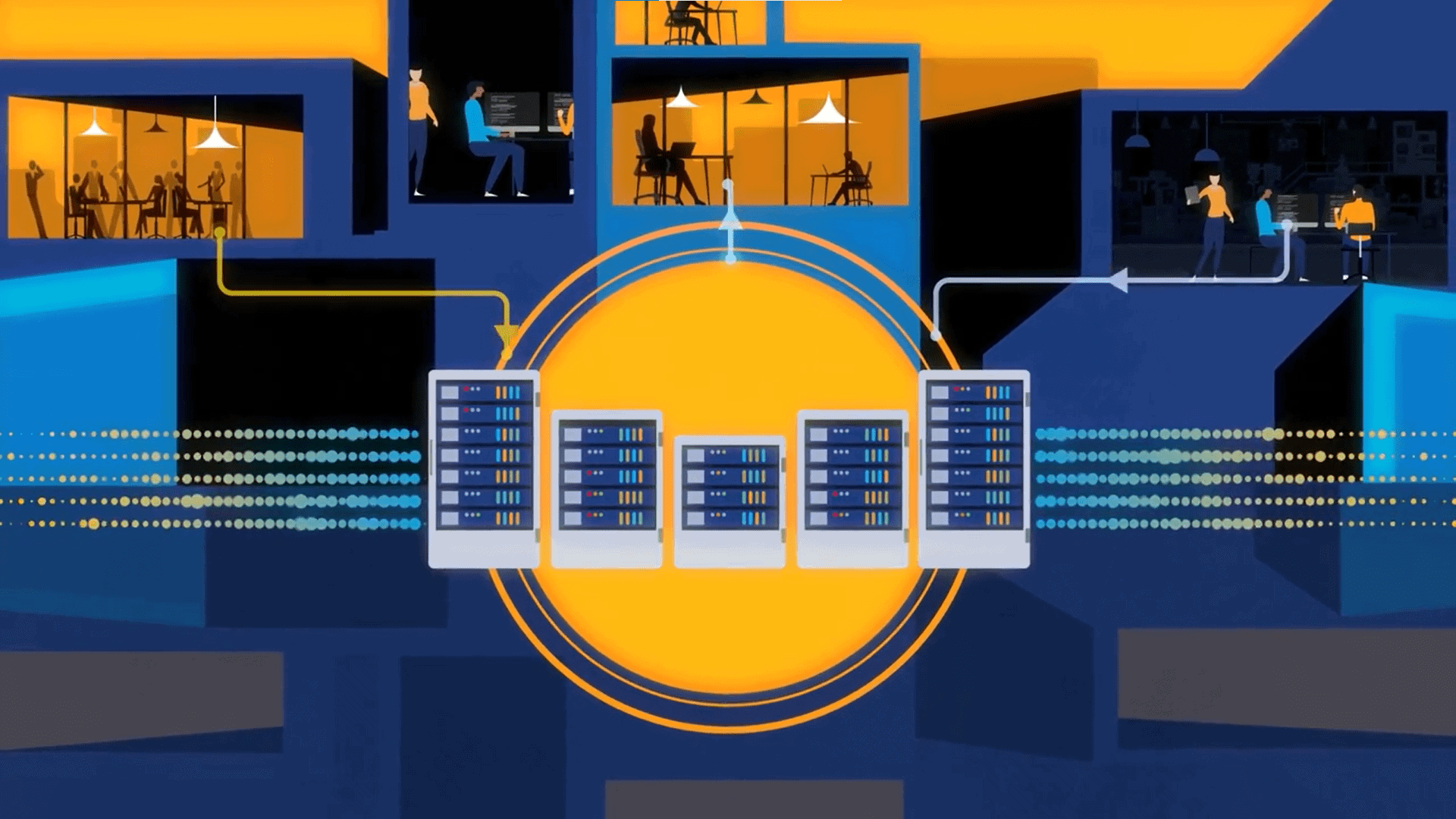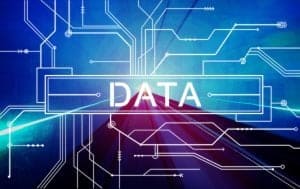
As organizations continue to rely on data for critical operations and innovation, effective metadata management will be essential for ensuring accuracy, security, and long-term value.
Imagine running an e-commerce platform handling millions of products. Your data includes product names, descriptions, and prices, while metadata tracks product IDs, update timestamps, and categorization tags. One fuels customer experience, while the other makes data searchable and actionable. Yet, metadata is often an afterthought despite being critical to data quality, security, and compliance.
Organizations invest heavily in managing their data, but without structured metadata, that data becomes fragmented, unreliable, and difficult to use. As businesses scale, ensuring both data and metadata are properly managed can determine whether an organization operates efficiently or struggles with disorganized, inaccessible information.
What is Metadata, and Why Does It Matter?
Metadata is often described as “data about data.” It provides the necessary structure and context for organizations to organize, access, and extract value from raw information. Without metadata, data remains a disconnected set of values with little meaning or usability.
In cybersecurity, metadata plays a key role in tracking access logs, data lineage, and system changes, ensuring compliance with regulations like GDPR and protecting sensitive information. In AI and analytics, it helps define data sources, lineage, and relationships, allowing models to interpret data accurately and improve outcomes. In IT infrastructure, metadata helps optimize storage, improve searchability, and prevent duplicate records, reducing costs and increasing operational efficiency.
See also: Why Data-Driven Enterprises Need Data Observability
Challenges in Data and Metadata Management
Despite its importance, metadata management often comes with major challenges. One of the most common is a lack of standardization. Different teams and systems may define metadata differently, leading to inconsistencies that disrupt workflows and hinder analytics. Storage and accessibility can also be a hurdle, as metadata is often scattered across multiple databases, making retrieval difficult and slowing down decision-making processes. Security risks add another layer of complexity. Metadata can contain sensitive details, such as access logs and ownership records, making it a target for cyber threats if not properly secured.
Best Practices for Metadata Management
To get the most out of metadata, organizations need a clear strategy. Standardizing metadata schemas across systems and teams ensures consistency and improves interoperability. Automating metadata collection and updates reduces manual effort and minimizes errors, making it easier to keep information current. Governance policies should clearly define ownership, access permissions, and compliance guidelines to maintain integrity and security. Metadata should also be integrated into data workflows to enhance collaboration, making it an active part of daily operations rather than an afterthought. Scalability is another important consideration. As organizations grow, metadata management solutions should be able to expand and adapt without creating bottlenecks.
Moving Forward: The Role of Modern Data Observability
With the increasing volume and complexity of data, businesses are looking for ways to ensure metadata remains accurate, accessible, and useful. Many organizations are adopting data observability platforms that provide real-time tracking, anomaly detection, and automated governance to maintain data integrity. By taking a proactive approach to metadata management, companies can improve efficiency, support better decision-making, and build a more resilient data strategy.
As organizations continue to rely on data for critical operations and innovation, effective metadata management will be essential for ensuring accuracy, security, and long-term value. Those who invest in structured, scalable metadata strategies today will be better positioned to navigate the complexities of an increasingly data-driven world.






























